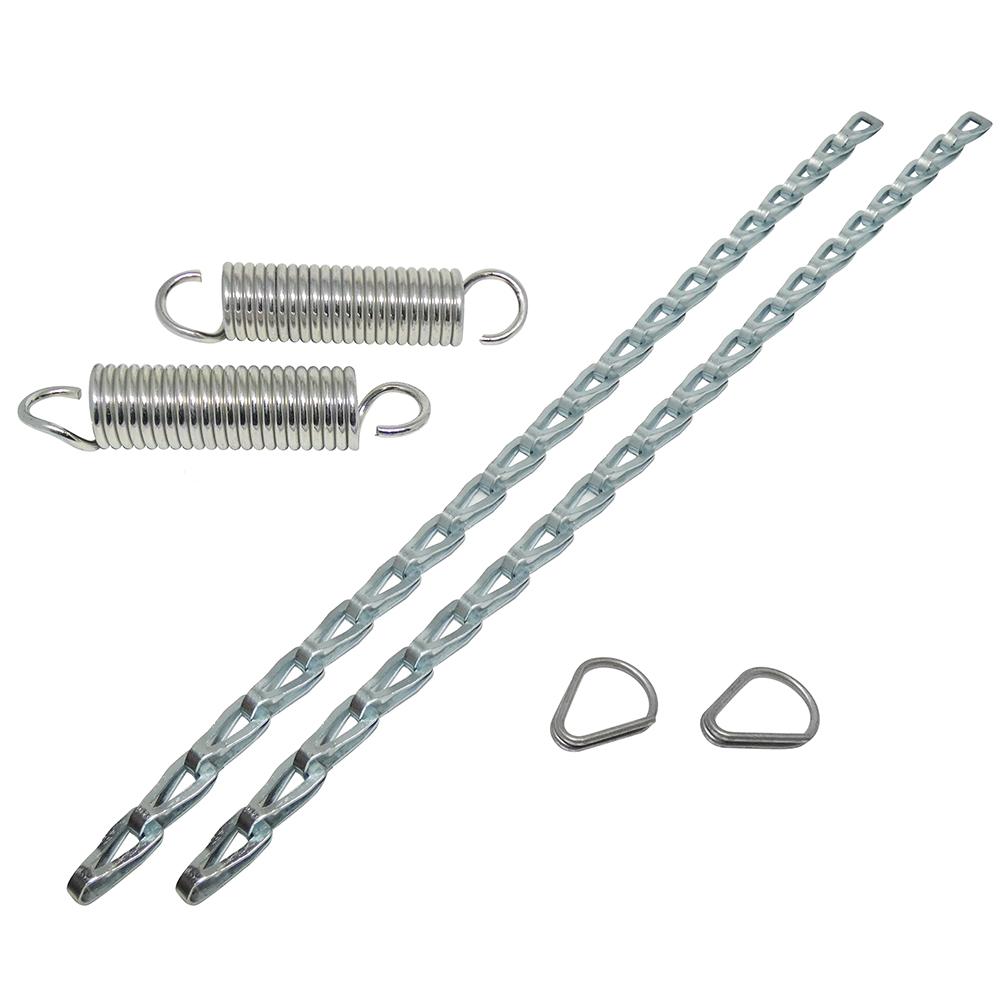I finally finished repairing damage on my BHP from landing with one tailwheel chain dangling due to a stretched connector link. Doing taxi trials yesterday (very experienced tailwheel pilot in the front seat) and ...... BOTH chain links stretched and disconnected! The chains were installed slightly loose when centered, and the springs did not fully compress at full deflection. We have installed new links with chains even more slack - see photo. But is something else going on here? Maybe the detent on the castor is too stiff and not letting the breakaway happen correctly?
I have searched for answers, and the way we had the chains seems loose enough. Now we have them 2 links looser but have not taxied yet. How much force should be required to break away the castor detent?
I have searched for answers, and the way we had the chains seems loose enough. Now we have them 2 links looser but have not taxied yet. How much force should be required to break away the castor detent?




Comment